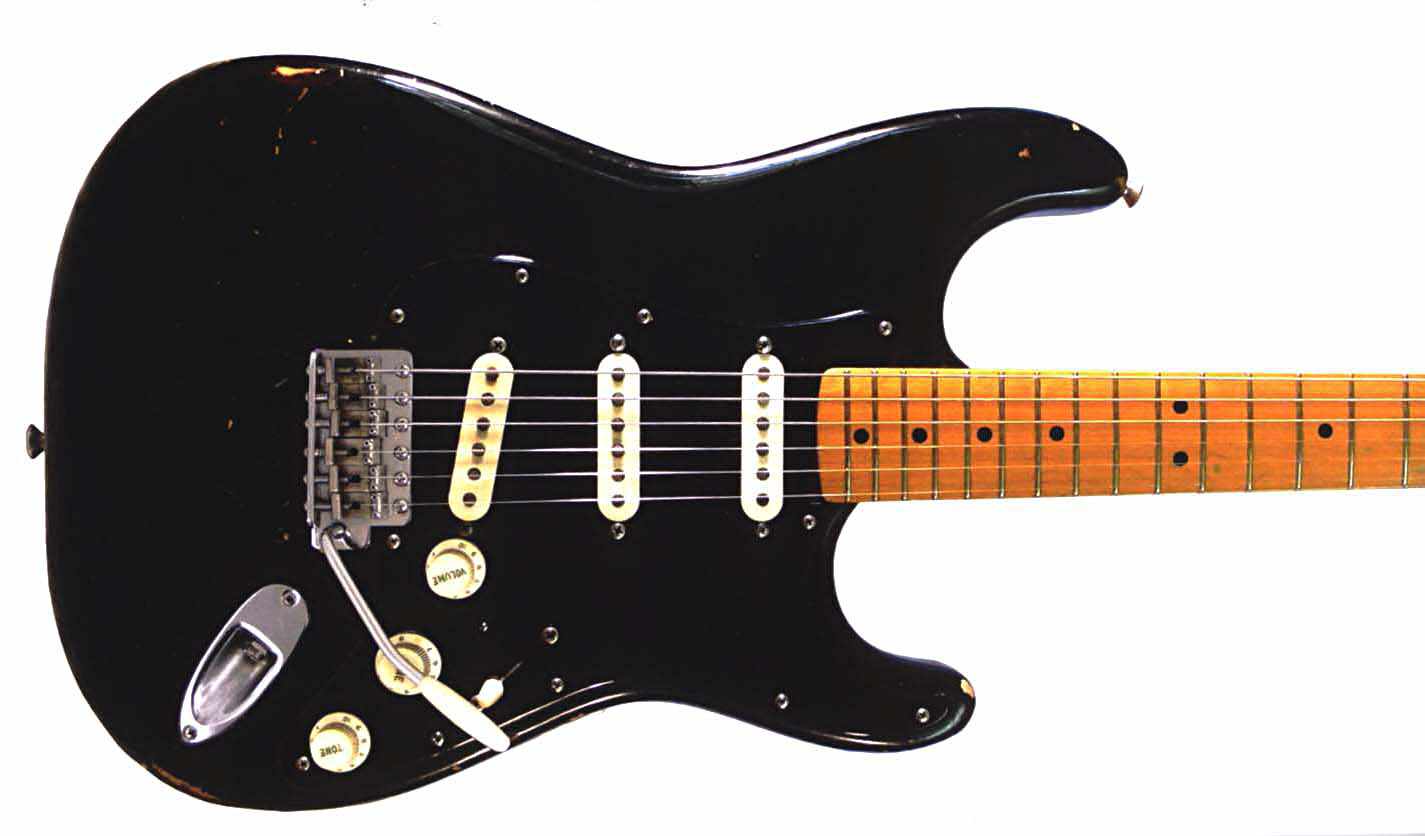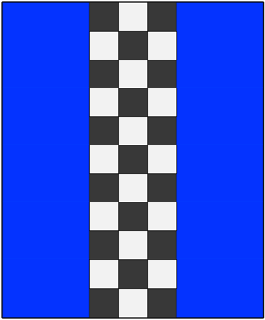Dear lemmings,
I am fairly new to the server-game and want to set up my first NAS. I will not only be doing a lot of reading but also quite a lot of writing as well so I guess RAID10 (even though hardware/money intensive) would be a good choice? Or should I rather go for RAID 0 with 3 2 1 backup strategy? Currently I am hosting some websites others use as well so uptime is an issue.
Now I am not sure what brand/model to buy, when reading up on it they all sound decent. I have an old PC that I can use to run the drives so I only really need to buy the drives for now. Currently I am looking at drives with a capacity of around 14TB if that is of any importance.
Many thanks in advance :D
WD Red has always been my go-to, and in the last 8 years of homelabbing I haven’t had a single one fail. Blues and Greens are not build for NAS operations, and you’ll see them fail. Toshibas I haven’t had a single one make it past a year, except for their gaming drives.
If you want the shortcut, the WD Elements usually go on sale at Best Buy regularly, and they’re always a WD Red or White, which will also work. All of my drives have been one of those. You just shuck the internal drive out of the enclosure
Definitely Red plus. They are quiet as hell and 12TB+ are helium filled.
Just got a 12TB a while ago and it is as quiet as my 4TB drives.
But for OP, just use software raid instead of hardware raid. There is very little point for homelabbers using hardware raid at this point without an existing setup.
Don’t use Red drives for a NAS!! You need the Red Plus (or is it red pro) disks as they’re CMR.
I’d go for Ultrastar drives personally. There’s a few really good videos online analyzing the backblaze stats for different drives that are well worth watching.
Red 8TB+ are CMR, OP said they’re using 14TB drives, they’re fine
To a large degree, the point of RAID is to not care about drive reliability, trust the process. Also, you seem to conflate RAID with backup (“RAID is not a backup”), you want both. In a NAS, you’re probably better off with RAID5 + backup.
In a system that can take a drive failure, the current datahoarder zeitgeist is Manufacturer Recertified (Enterprise) Drives, see ServerPartDeals.com if you’re a yank, other countries have their own options.
RAID IS NOT BACKUP RAID IS NOT BACKUP RAID IS NOT BACKUP
This is a very good article about server setup mainly for power consumption, but shows quirks like power level draw based on what pcie slots are used, etc. This guy servers. https://mattgadient.com/7-watts-idle-on-intel-12th-13th-gen-the-foundation-for-building-a-low-power-server-nas/
I’ve always liked the ultrastar line. Used to be made by HGST and then WD bought them. I’m using specifically the HC530 14tb. The line has a long history of being very reliable enterprise drives.
I’ve bought mine from both goharddrive and serverpartsdeals. Both are reliable resellers of used storage. They’ll warranty the drives for 2 or 5 years depending on which you to with. Prices are ~$130-$150.
Be aware you might need to do the electrical tape over some of the power pins hacks depending on your setup.
Ps. One of the listings for the HC530 on goharddrive or serverpartdeals is incorrectly labels as HC520. Just pay close attention.
As far as raid goes, Raid 10 is currently very popular for its speed and drive failure tolerance. Remember, raid is not a replacement for the 3-2-1 backup rule. Raid has some fault tolerances for bad hard drives, but doesn’t protect against a failed raid card, fire, flood, robber, acts of god, etc.
You can also look into zfs and truenas if you feel inclined. Be aware that if you go with this setup, ecc ram is basically a requirement
What, a HDD that doesn’t work in some computers?
“The cause is a new SATA specification which includes the ability to disable power to the hard disk. When you look at the SATA power connection on the back of your hard drive, there are 15 pins that make contact with your power supply. It’s the third pin that delivers a 3.3V signal that disables the drive. What we need to do is prevent that third pin from making contact with the power cable.”
Some hotswap harddrive bays use this feature, definitely more common in enterprise scenarios or in USB HDD enclosures.
I’m planning on getting some recertified Seagate Ironwolfs from SeverPartDeals very soon
If uptime is an issue do not go for raid 0.
How much data are we talking? At what speed do you want it to run? Raid 10 is probably a bad idea regardless.
Acronyms, initialisms, abbreviations, contractions, and other phrases which expand to something larger, that I’ve seen in this thread:
Fewer Letters More Letters NAS Network-Attached Storage RAID Redundant Array of Independent Disks for mass storage SATA Serial AT Attachment interface for mass storage
[Thread #820 for this sub, first seen 20th Jun 2024, 21:45] [FAQ] [Full list] [Contact] [Source code]
deleted by creator
There is no such thing as a Backup, only Redundant copies







